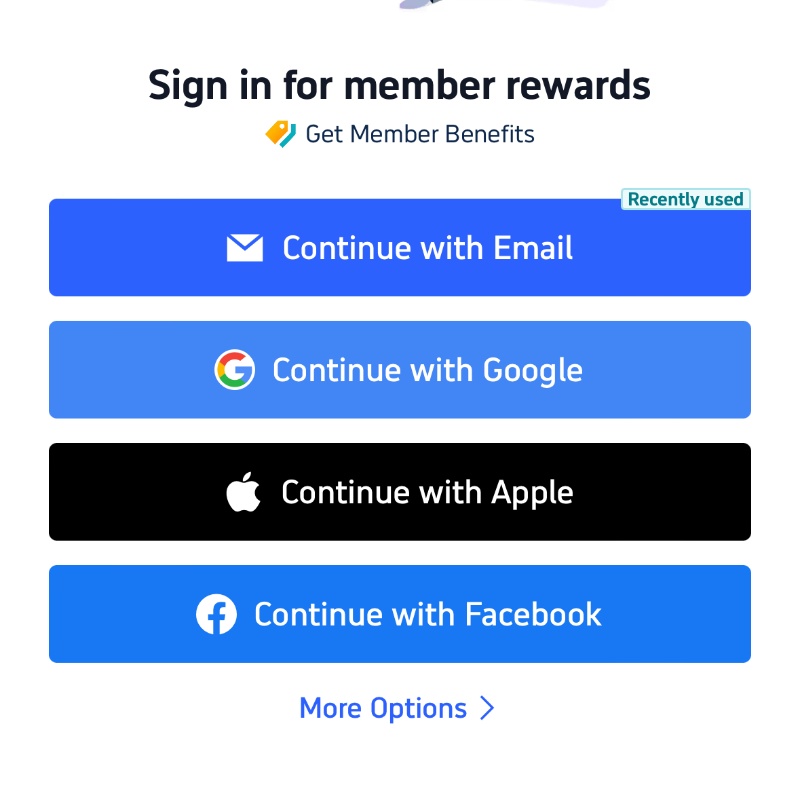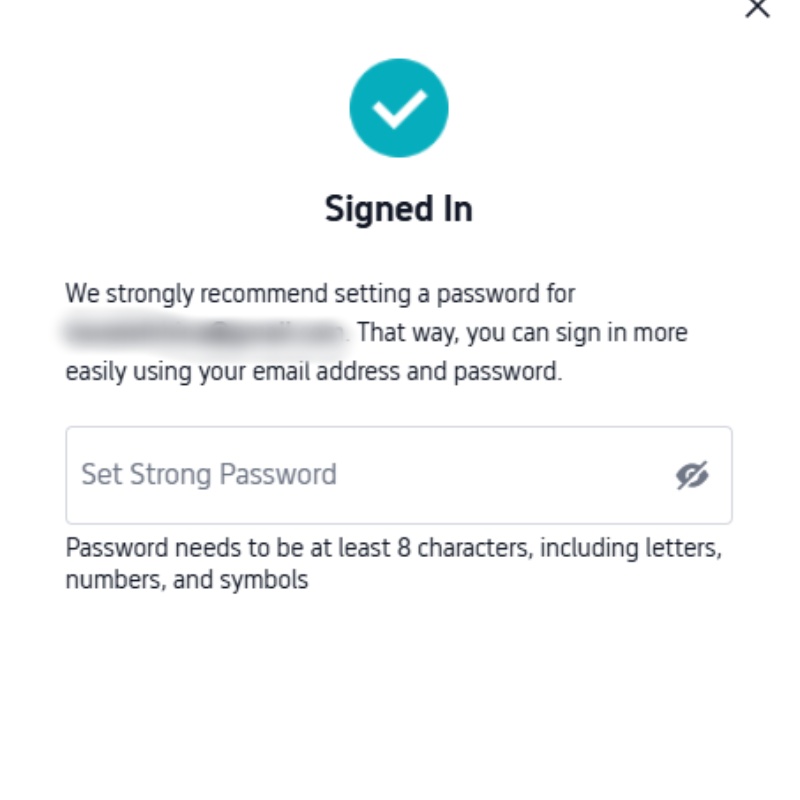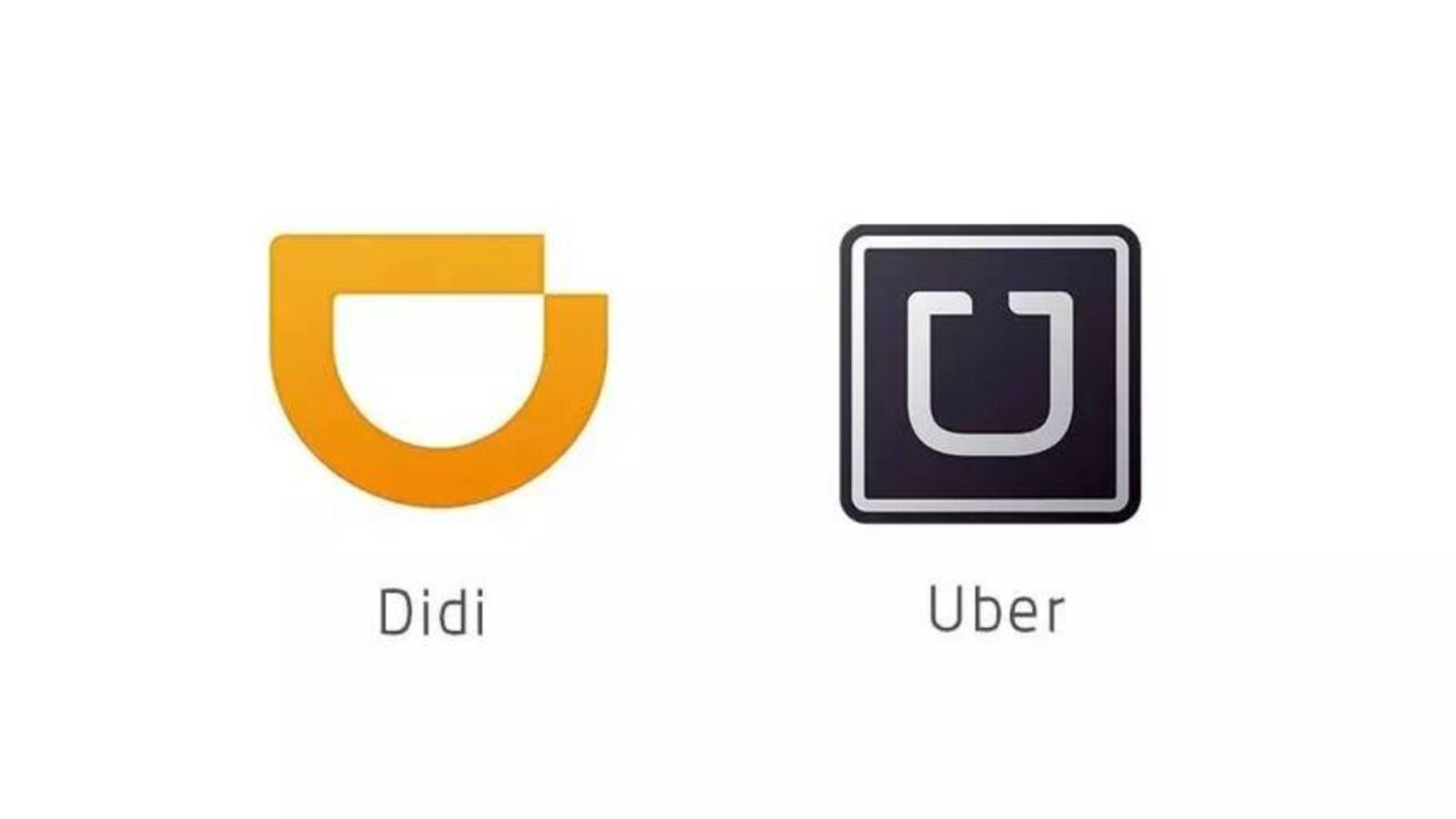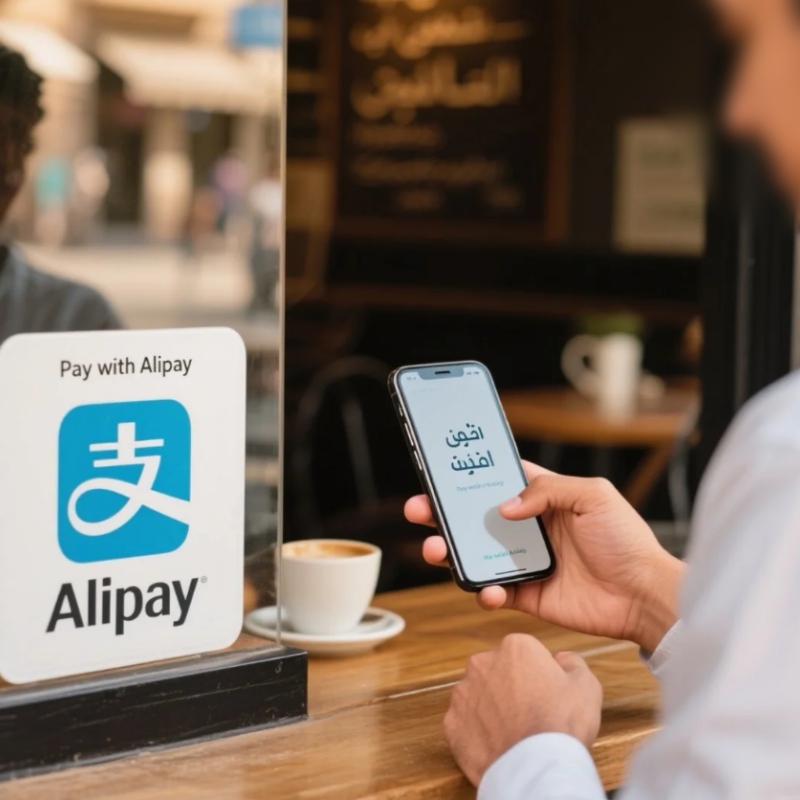Ever struggled with language barriers when booking China trips? Or worried your international card won’t work, or missed out on Forbidden City tickets? In 2025, Trip.com fixes all that for you. Made for global travelers like you, this one-stop platform lets you sign up with just an email or overseas number—no Chinese ID needed. You can book flights, high-speed trains, hotels that welcome foreigners, and attraction tickets—all in English. And paying is easy: Visa, Mastercard, or PayPal work seamlessly. Want to know how to set up the app, book smoothly, tell it apart from Ctrip, or get English help? This guide shows you step by step. Let Trip.com turn your stressful China travel plans into a breeze.
Trip.com: Your All-in-One Travel Partner
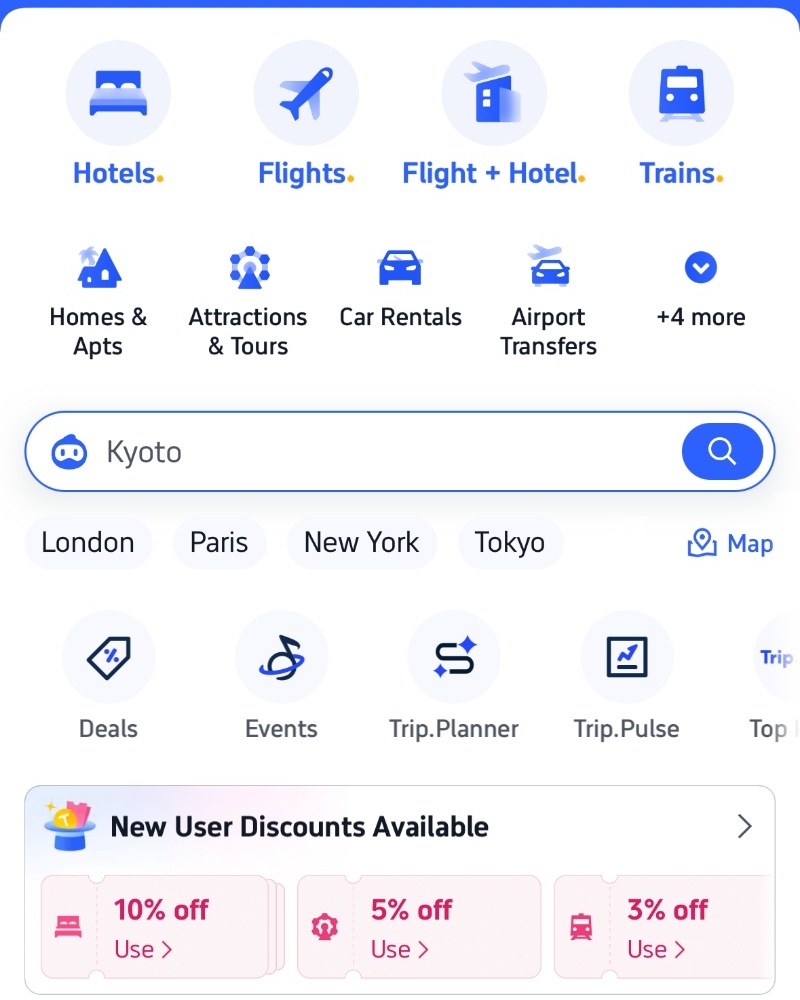
Overview of Trip.com
A Global Travel Platform
Trip.com is more than a booking site—it’s a complete travel platform serving users worldwide. The company, part of Trip.com Group, connects travelers to flights, trains, hotels, and attractions across 200+ countries and regions. For foreigners visiting China, it removes many barriers: passport-based booking, real-time translations, and seamless payment with Visa, Mastercard, PayPal, and more. With over 1.4 million hotel listings and direct links to China’s official train ticketing system, it has become a trusted gateway for international visitors.
Services at Every Stage of Travel
The app and website cover the full journey. You can plan international or domestic flights, reserve high-speed train tickets, and choose hotels that clearly mark “accepts foreign guests.” Attractions and tours are available too, often bundled with guides or transport for extra convenience. Imagine arriving in Beijing and booking both a hotel near Tiananmen Square and Forbidden City tickets without leaving the app. Trip.com also provides car rentals, airport transfers, and travel insurance, ensuring that every step is connected smoothly.
Why It’s Ideal for Foreign Travelers in China
In China, most locals and tourists alike frequently rely on Ctrip, whose massive data resources power Trip.com and provide reliable access to schedules, prices, and availability. This strong foundation supports Trip.com’s ability to guide international users with clear English instructions and foreigner-friendly filters that save time and reduce booking mistakes.
Hotels that accept foreign passports are tagged upfront, and tickets for attractions or trains can be secured in advance without language barriers. Payment in international currencies removes the need for a Chinese bank card. With responsive support and features designed for travelers new to local systems, Trip.com offers concrete reasons why it is particularly well-suited for foreigners planning their journey in China.
Looking for one guide with all the must-have apps? Explore China Travel Apps Guide 2025: Essential Tools for Payment, Transport & Local Tips
Ready to get started? Let’s register, and log in together (just 5 minutes)
- Sign in and Register
- Continue with Email
- Set Password
Note: Don’t confuse Trip.com with Ctrip (the Chinese domestic app), which requires a Chinese phone number and does not support English.
Choose Your Registration Method - Email - Most Recommended for All Foreigners
Step 1.Install the Ctrip App from Google Play or the App Store. Open the Trip.com app—you’ll see a welcome screen with "Sign In" and "Register" button. Tap it.
Step 2.On the registration method selection page, tap the "Email" icon (usually marked with an envelope symbol, next to "Phone" and third-party icons). Enter your active email address (e.g., [email protected])—double-check for typos (you’ll need this to verify your account). Tap "Continue".
Step 3.Set a password that meets Trip.com’s requirements: 8-20 characters, including at least one uppercase letter, one lowercase letter, one number, and one special symbol (e.g., John123!). Avoid common passwords like "Password123" for security. Re-enter the password to confirm (this step prevents typos) and tap "Register".
Step 4.A pop-up will appear: "Verification Email Sent". Open your email inbox (check the "Spam" or "Promotions" folder if you don’t see it within 2 minutes).Find the email from "Trip.com" (subject: "Verify Your Trip.com Account") and click the blue "Verify Now" link. The link will redirect you to a confirmation page (you can close it afterward). Return to the Trip.com app—your account is now activated!
Complete Your Profile (Important for Bookings)
Before booking flights, trains, or hotels, Trip.com requires your full details. Go to Account, tap Profile, then Edit, and enter the information exactly as shown on your passport, including your full name (for example “John Smith” instead of “J. Smith”), date of birth, nationality, and passport number, which is required for train and hotel reservations. Once you tap Save, your profile is complete and you’re ready to book seamlessly on Trip.com.needs your full details.
What Other Ways Can I Register on Trip.com?
Option A: Third-Party Accounts (Faster)
Skip email verification by using:
- Google
- Facebook
- Apple ID
Just tap the icon of your preferred platform → Authorize Trip.com to access basic info.
Option B: Phone Number (For Those with Chinese Numbers)
- Select “Phone” → Choose your country code (e.g., +1 for USA).
- Enter your number → Get a 6-digit SMS code → Enter it → Set password.
How Can I Buy Train Tickets Without Hassle?
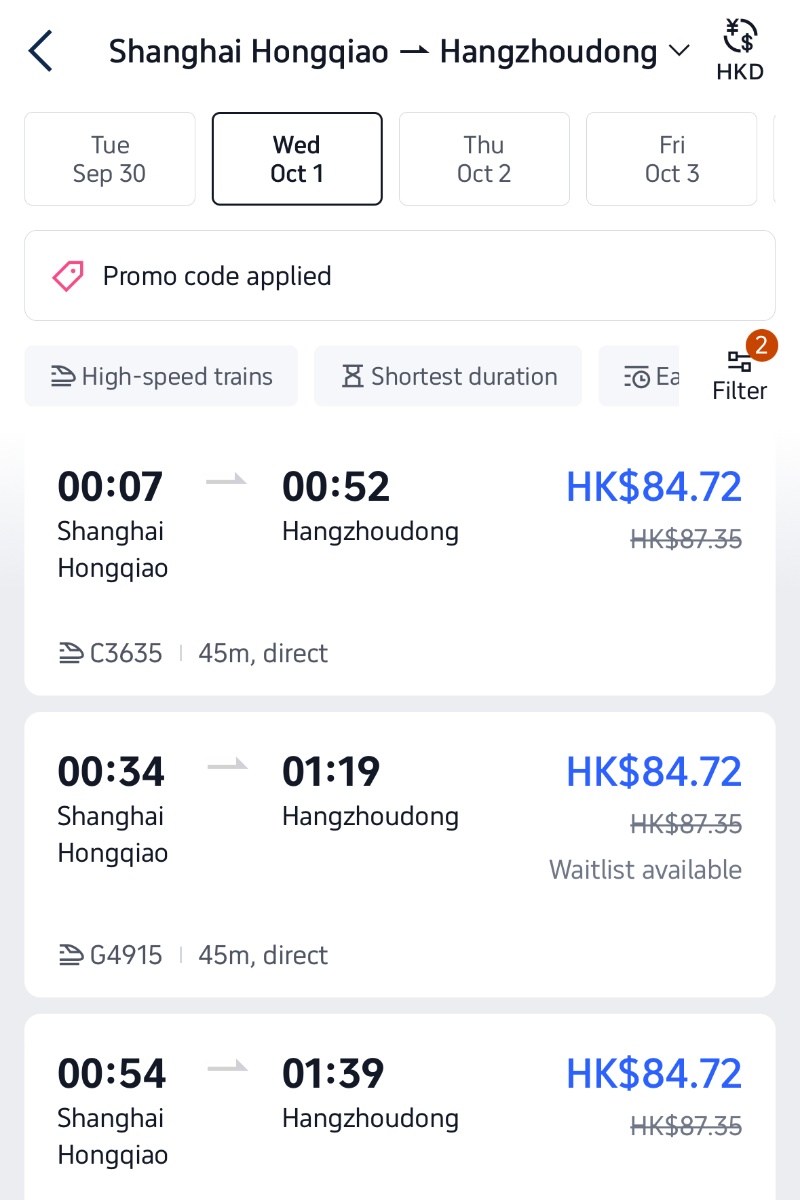
Train Tickets Details
Traveling by train in China can feel intimidating, but Trip.com makes it straightforward. As a foreign traveler, you only need your passport details—no Chinese ID required. Enter departure and destination, select a date, and browse clear listings of high-speed or regular trains. Payments are smooth with Visa, Mastercard, or PayPal, and tickets appear instantly under “My Trips.” At stations, you can go to counters marked “Foreign Passport Service,” or in many cases, scan an e-ticket directly.
Beyond the basics, train types vary and affect the journey. High-speed G trains cover routes like Beijing to Shanghai in under 5 hours, while D trains take longer but cost less. Slower Z or K trains appeal to budget travelers with overnight sleeper cars. Peak seasons such as Spring Festival or Golden Week often sell out quickly, so booking as early as possible is wise. Foreigners often find aisle seats better for moving around, but window seats give beautiful views of landscapes along routes like Guilin to Yangshuo.
Can I Trust Trip.com for Flights Across China?
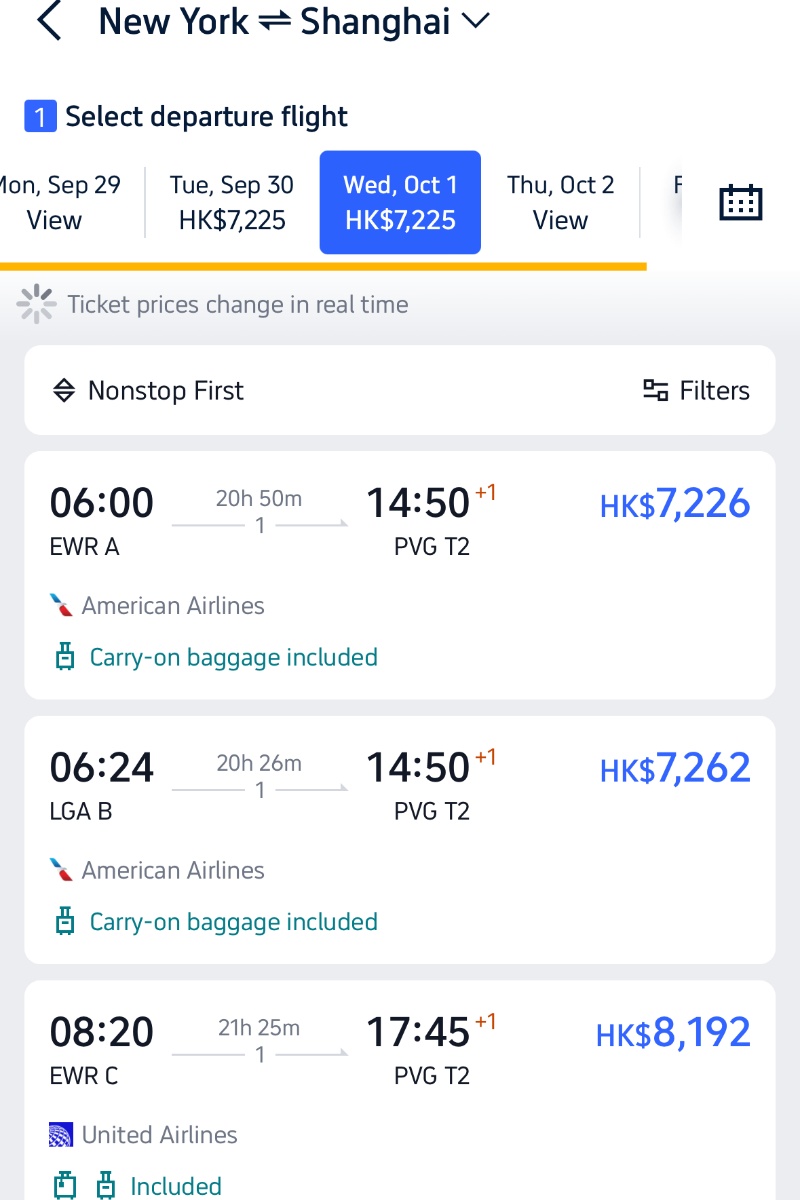
Flights Details
Flights can seem overwhelming with so many airlines and shifting prices, but Trip.com organizes them neatly. You can switch between one-way, round-trip, or multi-city searches and apply filters for time, airline, or budget. After selecting a flight, enter your passport details and pay in your own currency. E-tickets arrive instantly by email and in the app, making check-in smoother at the airport.
What foreign travelers really notice are the details. Major cities like Shanghai have two airports—Pudong for international routes and Hongqiao for domestic flights. Budget airlines sometimes charge extra for checked baggage or seat selection, while full-service carriers often include a bag in the fare. Peak travel periods like Chinese New Year bring sharp price increases and crowded flights, so booking one month ahead saves money and stress. Flexible travelers can also use Trip.com’s price alerts to spot better deals.
Want a Smart Way to Snag Affordable and Comfortable Hotels?
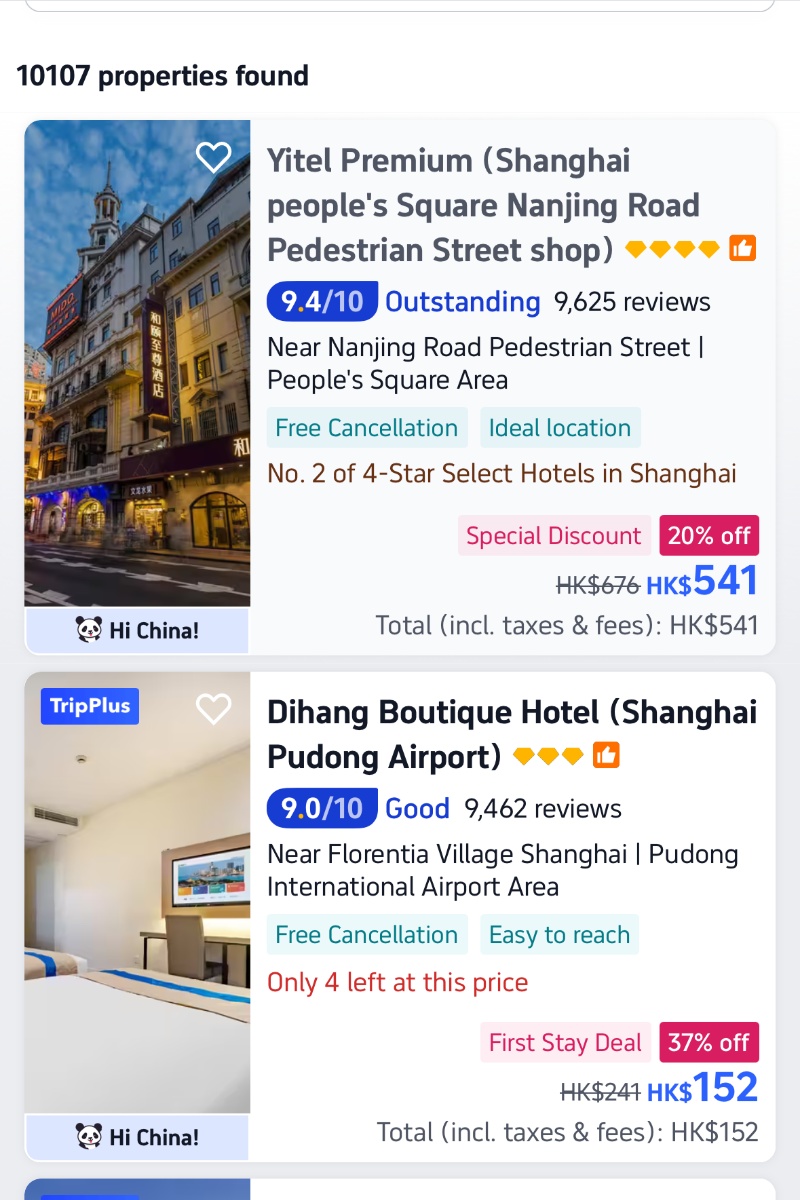
Hotels Details
Many visitors worry about hotel check-in rules in China, but Trip.com clearly tags properties that accept foreign passports. After entering destination and dates, you can filter for essentials like WiFi, English-speaking staff, or airport transfers. Booking confirmation appears instantly in your inbox, with cancellation and deposit rules explained in English to prevent confusion at check-in.
Different hotel types serve different needs. Standard hotels usually include breakfast and 24-hour service, while serviced apartments provide kitchens and laundry facilities, ideal for long stays. Homestays offer cultural charm but not all accept foreign IDs, so Trip.com’s filter is important. In cities like Beijing or Shanghai, location matters: staying near Tiananmen Square or The Bund saves commuting time. During trade fairs or festivals, prices rise quickly, so booking early ensures better options.
How Do I Secure Attraction Tickets in Advance?
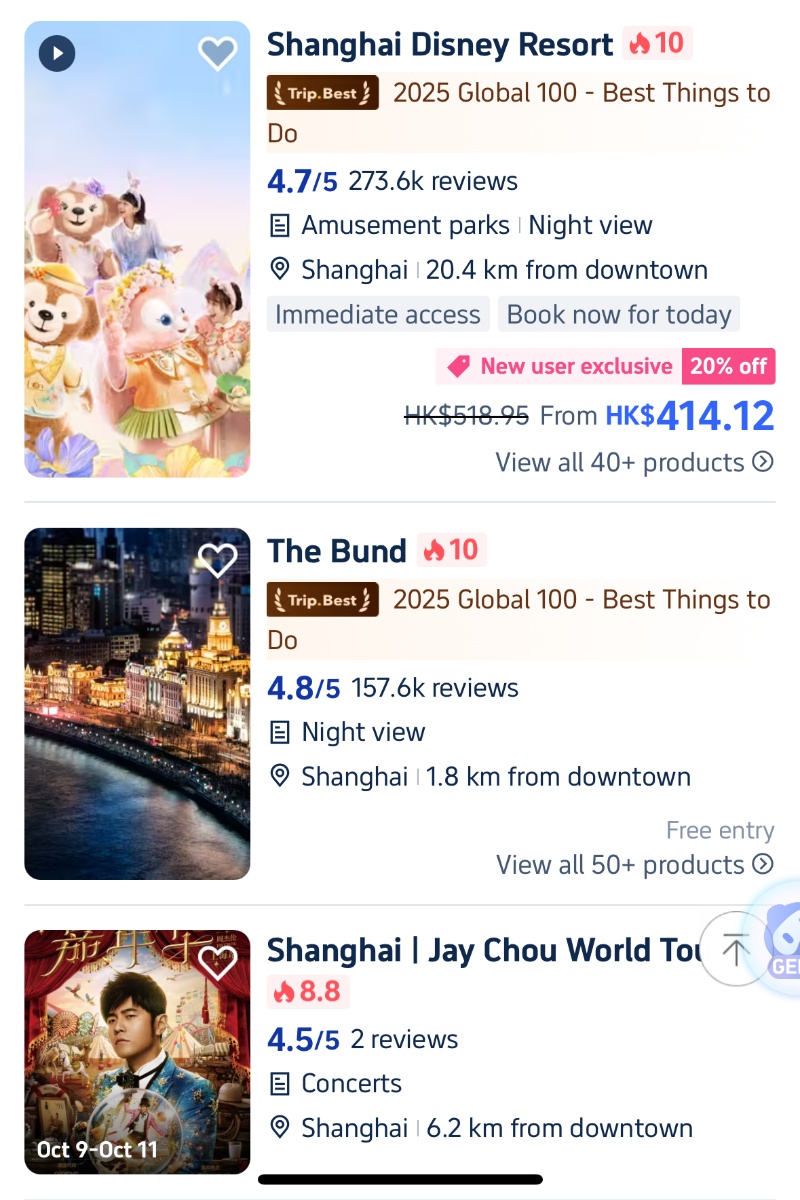
Attraction Tickets Details
Attractions like the Forbidden City sell out fast, and Trip.com helps foreigners avoid the stress. The app shows release times clearly, sometimes down to the minute, and lets you book in English. After purchase, an e-ticket with a QR code arrives instantly, which can be scanned directly at the entrance or exchanged at a foreign visitor window.
Extra information helps travelers save both time and money. Many scenic areas such as Jiuzhaigou require additional shuttle tickets, which can be bundled on Trip.com. Theme parks like Shanghai Disneyland offer one-day, multi-day, or fast-pass tickets, and these options are shown side by side. Peak seasons like summer or public holidays bring higher prices and heavy crowds, while off-season visits mean cheaper tickets and shorter lines. Foreign travelers often praise package deals—such as tickets plus guided tours or transport—that cut costs and reduce planning hassle.
What’s the Difference? Trip.com vs. Ctrip
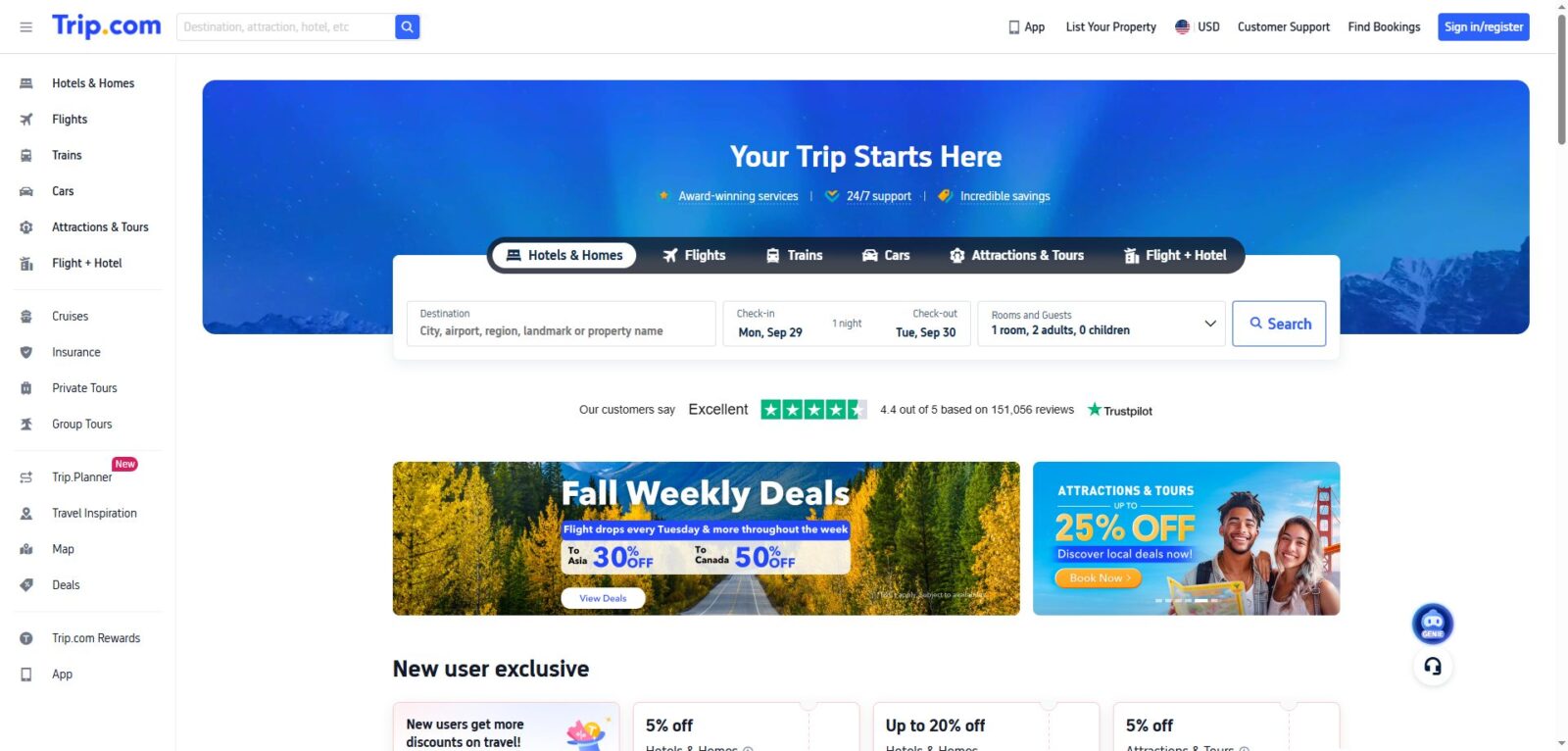
Trip.com
Trip.com and Ctrip are the Same Company
Yes. Trip.com and Ctrip are part of the same parent group, Trip.com Group. Ctrip started in China as one of the country’s biggest online travel agencies, while Trip.com was created to serve international markets. Both share the same resources, ticketing systems, and hotel inventory. This means that when you book through Trip.com as a foreign traveler, you’re essentially using the same backbone that powers Ctrip inside China.
Foreign Travelers Should Use Trip.com
Foreign users often wonder if they should open Ctrip or Trip.com. The key point is that Ctrip mainly targets Chinese domestic users, requiring a Chinese phone number and often showing information only in Chinese. Trip.com, however, is tailored for global travelers: it supports 20+ languages, accepts international payments like Visa, Mastercard, and PayPal, and provides 24/7 multilingual support. For foreigners planning trips in China, Trip.com is usually the smoother option.
Services Are Similar but Interfaces Differ
The services are broadly the same—flights, trains, hotels, attractions, car rentals, and packaged tours. The real difference lies in presentation and accessibility. Trip.com highlights hotels that accept foreign guests, marks attractions with English service options, and gives clear refund rules in English. Ctrip shows more local promotions and China-only payment options like Alipay or WeChat Pay. In practice, foreigners use Trip.com for its clarity and convenience, while Chinese residents stick to Ctrip. Understanding this distinction helps travelers pick the right app for their situation.
Extra Tips for Foreign Travelers Using Trip.com
Connectivity Tips for Travelers
Before traveling, sort out how you will stay online in China. Trip.com does not provide roaming itself, but the app works best with stable mobile data. Consider buying a local SIM card or eSIM before arrival, as it ensures you can access bookings on the go. Pocket WiFi rentals are also available at airports for short stays. Having reliable connectivity avoids issues with delayed updates or trouble accessing QR-code tickets.
Making the Most of App Features
Trip.com push notifications to get real-time updates on delays or cancellations, since emails may arrive slowly in China. The built-in translation tool is useful for chatting with hotel staff or drivers in Chinese, and offline maps help you navigate airports like Shanghai Pudong or Beijing Daxing without needing mobile data.
Getting Help from Customer Support
Trip.com offers 24/7 English-language support via in-app chat and hotline, which is more effective than Chinese-only lines. Keep your booking ID ready to speed up communication. If refunds seem delayed during peak travel seasons, escalate through the English support team quickly with proof of cancellation, ensuring your request moves faster.
FAQ for Foreign Travelers Using Trip.com
Q: Can I use Trip.com without a Chinese phone number?
Yes, you can. Trip.com accepts registrations with email or international phone numbers. Most foreign travelers prefer using email, as SMS delivery can sometimes be unreliable across borders. You will still receive booking confirmations and updates through email and the app itself. For urgent updates, enabling push notifications is the safest way.
Q: Does Trip.com show prices in my currency?
Trip.com displays prices in multiple currencies like USD, EUR, and GBP. However, final billing depends on your card provider. Some banks apply extra conversion fees (1–3%), while travel credit cards may waive these charges. Always check your card’s policy before booking. Seeing your preferred currency on-screen reduces guesswork, but the small hidden bank fees may still apply.
Q: Do all Chinese hotels accept foreign passports?
Not all. Trip.com clearly labels hotels that accept foreign guests, usually with “Foreign Guests Accepted.” Large chain hotels and international brands nearly always allow it. Smaller guesthouses or local homestays may decline foreign passports due to local regulations. If unsure, use the Trip.com filter, and save a screenshot of your confirmation to show at reception. This avoids last-minute surprises at check-in.
Q: Is it safe to pay with PayPal on Trip.com?
Generally, yes. Many foreign travelers choose PayPal for extra protection on big-ticket items like long-haul flights or multi-night hotels. Dispute resolution is often easier than through banks, especially if language barriers make communication difficult. Trip.com confirms PayPal bookings instantly, just like credit card payments. Keep in mind that not all services or hotels allow PayPal, so check before finalizing.
Q: How early should I book tickets for the Forbidden City?
The Forbidden City is one of the busiest attractions in China. Tickets release seven days in advance at 8 p.m. Beijing time, and often sell out within minutes during holidays. Foreign travelers should set a reminder and book as soon as sales open. Using Trip.com’s alert functions can help, though peak demand may still mean missing out. Flexibility with visit dates increases your chances.
Q: Can I change or cancel my booking easily?
It depends on the service. Many hotels allow free cancellation up to 72 hours before check-in, while flights follow airline rules. Train tickets may be refundable, but penalties grow as departure nears. On Trip.com, cancellation options are shown clearly in English before you pay. Refunds usually return to your card or PayPal within 3–10 working days, though peak seasons may cause delays.
Q : What if my Trip.com app doesn’t load in China?
App performance in China is generally reliable, but sometimes slow connections or local restrictions may affect foreign devices. Using airport or hotel WiFi is often more stable than mobile roaming. Trip.com works without a VPN, unlike some Western apps. If the app struggles, the website can be accessed through most browsers. Having offline screenshots of bookings is a safe backup.
Q: How can I contact Trip.com support from abroad?
Trip.com provides English support through the app’s chat and by phone at +86 21 2226 8888. For the fastest response, use the in-app chat and have your booking ID ready. During busy travel periods, response times can stretch, but providing clear details usually speeds things up. If necessary, follow up within 48 hours to escalate refund or booking issues more quickly.

